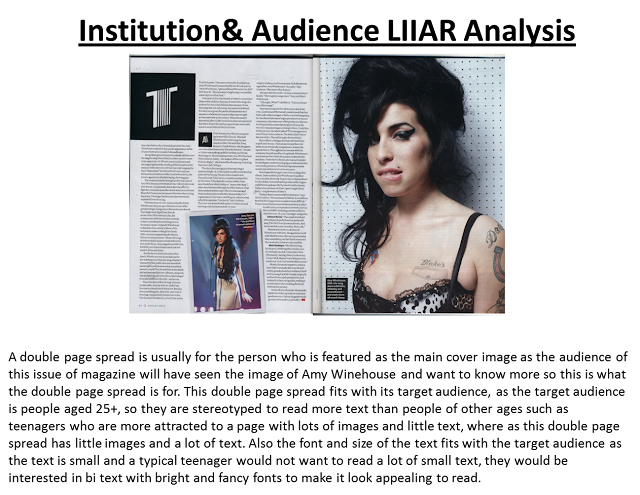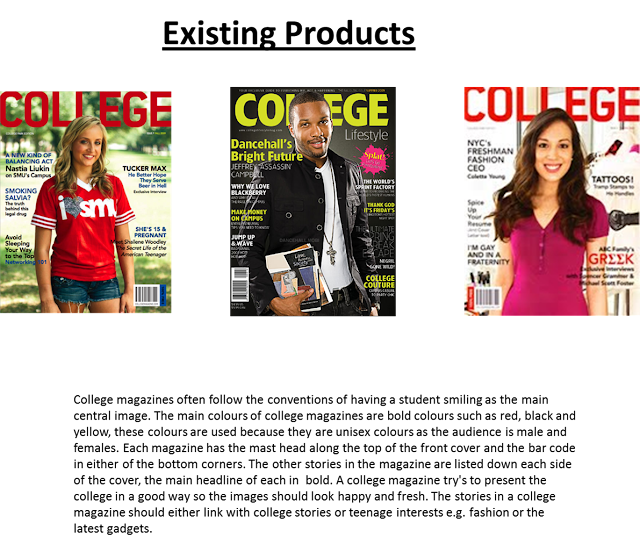Gratification Theory
Blumler & Katz 1974
Uses and Gratifications Theory is an approach
to understanding why people actively seek out specific media outlets and
content for gratification purposes. The theory discusses how users proactively
search for media that will not only meet a given need but enhance knowledge,
social interactions and diversion.
It assumes that
members of the audience are not passive but take an active role in interpreting
and integrating media into their own lives. The theory also holds that
audiences are responsible for choosing media to meet their needs. The approach
suggests that people use the media to fulfill specific gratifications. This
theory would then imply that the media compete against other information
sources for viewers' gratification.[2] (http://en.wikipedia.org/wiki/Uses_and_gratifications_theory)
This theory focuses more on what people do with media,
and how they use it in their lives. The approach suggests that people use the
media to fulfill specific gratifications.
‘Blumler
and Katz’s uses and gratification theory suggests that media users play an
active role in choosing and using the media. Users take an active part in the
communication process and are goal oriented in their media use. The theorist
say that a media user seeks out a media source that best fulfils the needs of
the user. Uses and gratifications assume that the user has alternate choices to
satisfy their need.’ (http://www.uky.edu/~drlane/capstone/mass/uses.htm)
































